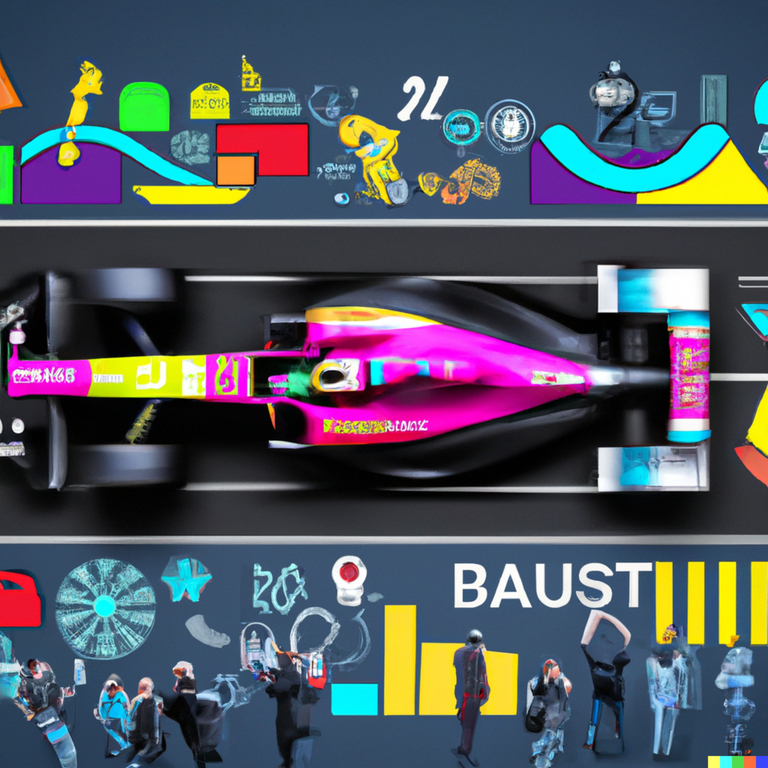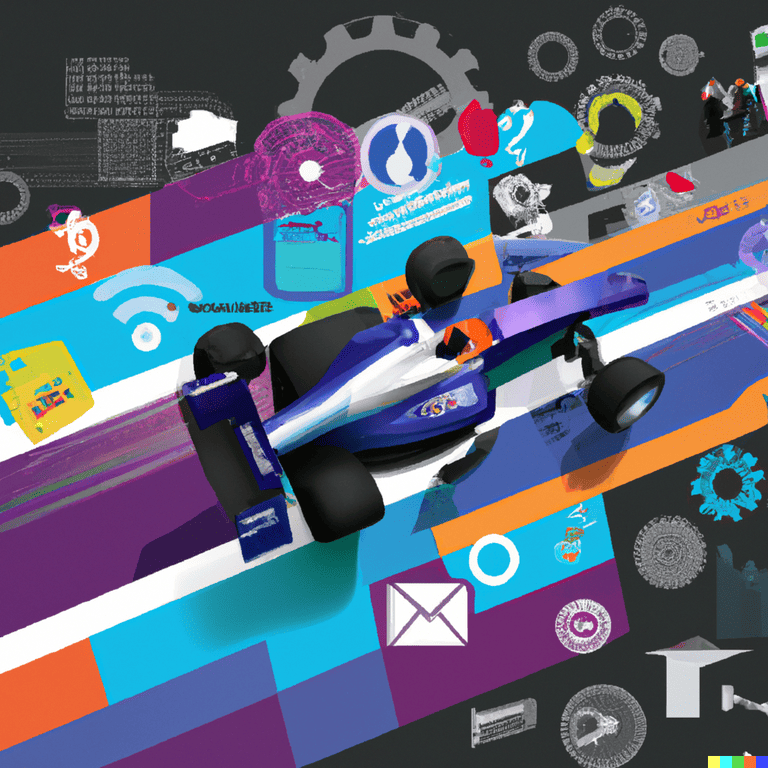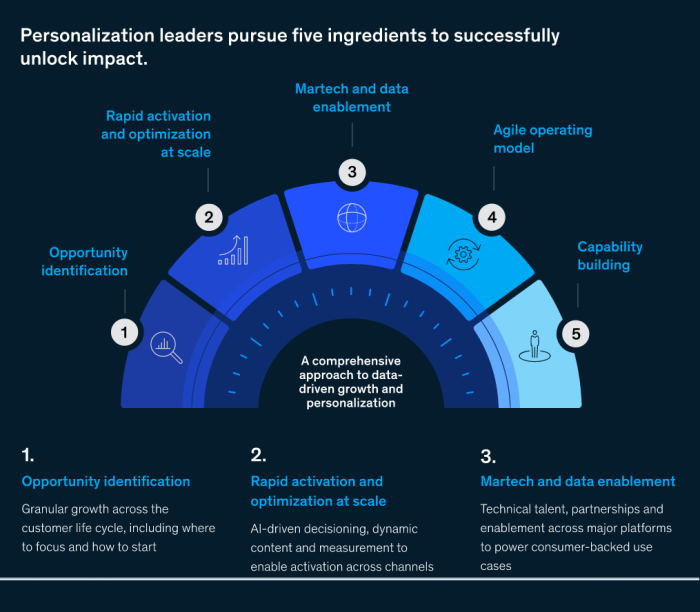
How do brand and performance marketing work together?
The marketing industry is no stranger to the concept of The Long and the Short of It (TLATSOI), first introduced by Peter Field and Les Binet in their famous monograph a decade ago. This balanced approach to branding and performance marketing concept challenges the traditional notion that brand building and performance marketing are mutually exclusive, and highlights the importance of balancing short-term and long-term marketing goals. While there have been criticisms of TLATSOI’s data set and methodology, it has sparked important discussions around the impact of short-term thinking on long-term brand building.
A report from McKinsey & Company found that companies that effectively integrate brand and performance marketing achieve up to a 10% increase in revenue growth. This is because integrating these two approaches creates a virtuous cycle that drives both brand awareness and sales. By breaking down the barriers between these two disciplines and promoting cross-functional collaboration, companies can identify and prioritize the most effective channels and tactics for reaching their target audience.
Companies that prioritize brand building outperform their competitors by 73%
Research from Deloitte shows that companies that prioritize brand building outperform their competitors by 73%, as building a strong brand creates customer loyalty and translates into sustained revenue growth over time. However, simply focusing on brand building without a strong performance marketing strategy can also be detrimental to long-term success, as it can lead to a lack of customer acquisition and ultimately harm growth.
However, it’s important to note that many marketers still struggle with identifying the differences between short-term and long-term marketing strategies. The short of it is any communication that intends to evoke an immediate response from the market, while the length of it intends to create long-term memories and changes in human behavior. These two dimensions are both important to commercial success but must be balanced in an appropriate manner to deliver the best results.
The pandemic has presented some unforeseen opportunities for advertisers, such as the significant reduction in media costs. This decline in global ad spending corresponded with a considerable increase in media consumption. As a result, marketers who can maintain investments in brand-building activities have the chance to get more value for their money as per this report.
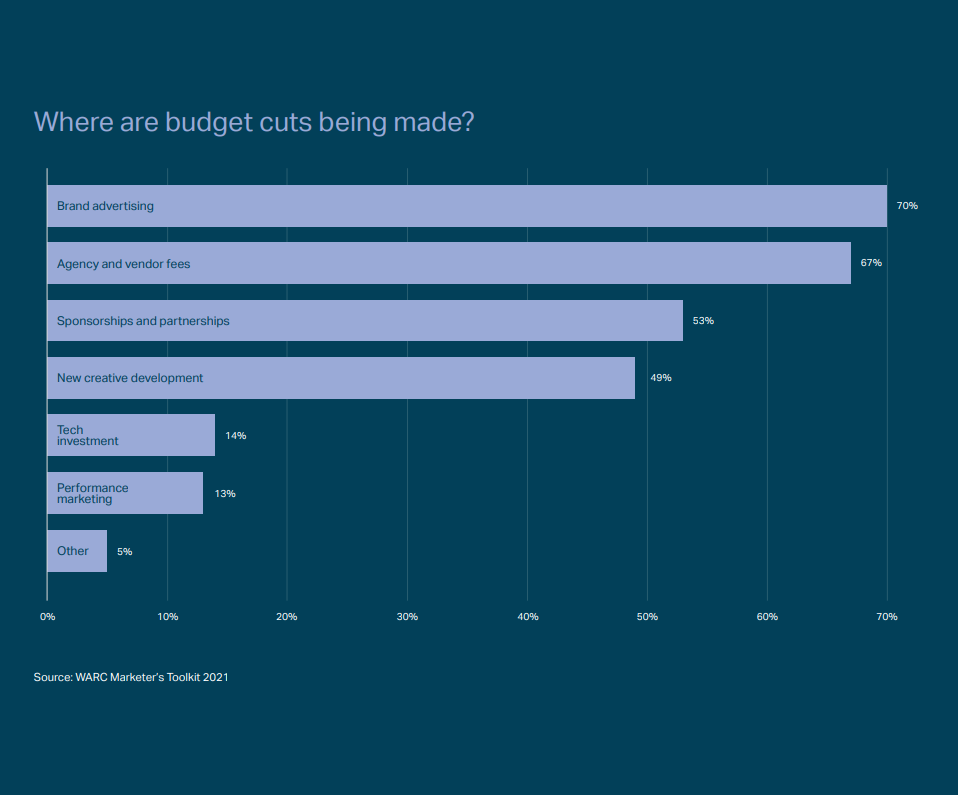
The shift towards short-term thinking has been influenced by a range of factors, including the rise of digital media, an emphasis on proving the value of advertising, and a reduction in investment in longer-term brand-building efforts that got even stronger after COVID-19. By prioritizing short-term gains at the expense of long-term growth, marketers risk reducing the potential profit of their brands over time.
The TLATSOI concept still continues to evolve and challenge traditional marketing thinking. Companies must prioritize both brand building and performance marketing, and integrate these two approaches to achieve sustained growth and profitability. This requires a media-neutral approach that balances short-term and long-term goals, encourages cross-functional collaboration, and uses data and analytics to optimize campaigns in real time. By taking this approach, companies can create a sustainable competitive advantage that drives incremental profits over time.
Companies that prioritize performance marketing over the brand building are likely to experience diminishing returns over time. This is because a focus on short-term sales at the expense of brand building leads to a lack of customer loyalty, which can ultimately harm long-term growth. In fact, a report from the Marketing Accountability Standards Board found that companies that prioritize short-term sales over the long-term brand building are more likely to experience negative revenue growth in the long run.
In order to achieve sustained growth and profitability, companies must take a holistic approach to their marketing strategies. This means breaking down the silos between brand and performance marketing, and encouraging cross-functional collaboration across teams. It also means aligning marketing efforts with overall business goals and objectives and leveraging data and analytics to optimize campaigns in real time.
Marketers are shifting their attention towards enhancing the online customer experience as a key factor for brand building/digital branding in response to the growing trend of e-commerce. A recent survey found that 64% of marketers are prioritizing the improvement of online CX. Additionally, 47% of respondents plan to expand their reach by increasing the number of online channels they sell through, while 40% are investing in e-commerce technology. Another 31% are upgrading their supply chain and product availability to better meet the needs of online consumers.
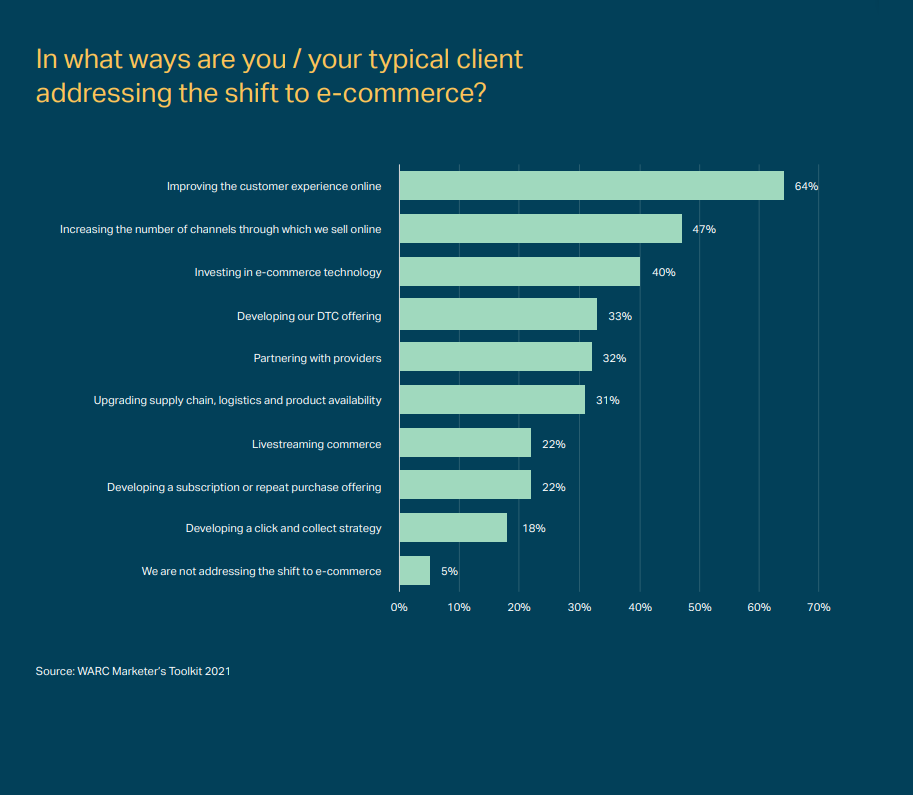
As a result of the shift to e-commerce, and more consumers staying at home and relying on digital channels to make purchasing decisions, marketers must ensure their products and services are visible and engaging in these channels. This requires a comprehensive approach that takes into account the changing consumer behavior and preferences in the online marketplace.
The siloed approach to brand and performance marketing is no longer effective in today’s fast-paced business environment. Companies must prioritize both brand building and performance marketing, and integrate these two approaches to achieve sustained growth and profitability. By doing so, they can create a sustainable competitive advantage that drives non-normal incremental profits over the long term.
Firstly, it reinforces the importance of investing in both long-term brand building and short-term sales activation. While short-term activation is essential for driving sales and immediate ROI, over-reliance on it can lead to a decline in brand equity and future sales.
On the other hand, long-term brand building, which has often been seen as a frivolous investment with questionable returns, is shown to have a significant impact on both short and long-term outcomes. Strong brand-building campaigns not only increase brand equity but also have a high likelihood of driving short-term sales. Good examples of this are Airbnb, Adidas, among many others.
This newfound understanding of the asymmetry of long and short-term effects should lead marketers to consider their investment strategies more carefully, balancing the need for short-term sales with the long-term health of their brand. By framing campaigns as “lasting” rather than “long”, marketers may also be more successful in gaining budget approval from CFOs who may be wary of the perceived long-term financial implications of advertising investments.
Overall, taking a balanced and strategic approach to advertising investment, understanding the different effects of long and short-term campaigns, and seeking to achieve harmony between them.
This requires a media-neutral approach that balances short-term and long-term goals, encourages cross-functional collaboration, and leverages data and analytics to optimize campaigns in real time. Companies must break down the silos between brand and performance marketing, align marketing efforts with overall business goals, and take a holistic approach to their marketing strategies.
A balanced approach to advertising investment is necessary for sustained growth and profitability. Companies must integrate brand and performance marketing, prioritize long-term brand building, and optimize campaigns for success with the help of an expert B2B growth marketing agency. By doing so, they can create a sustainable competitive advantage that drives incremental profits over time.



